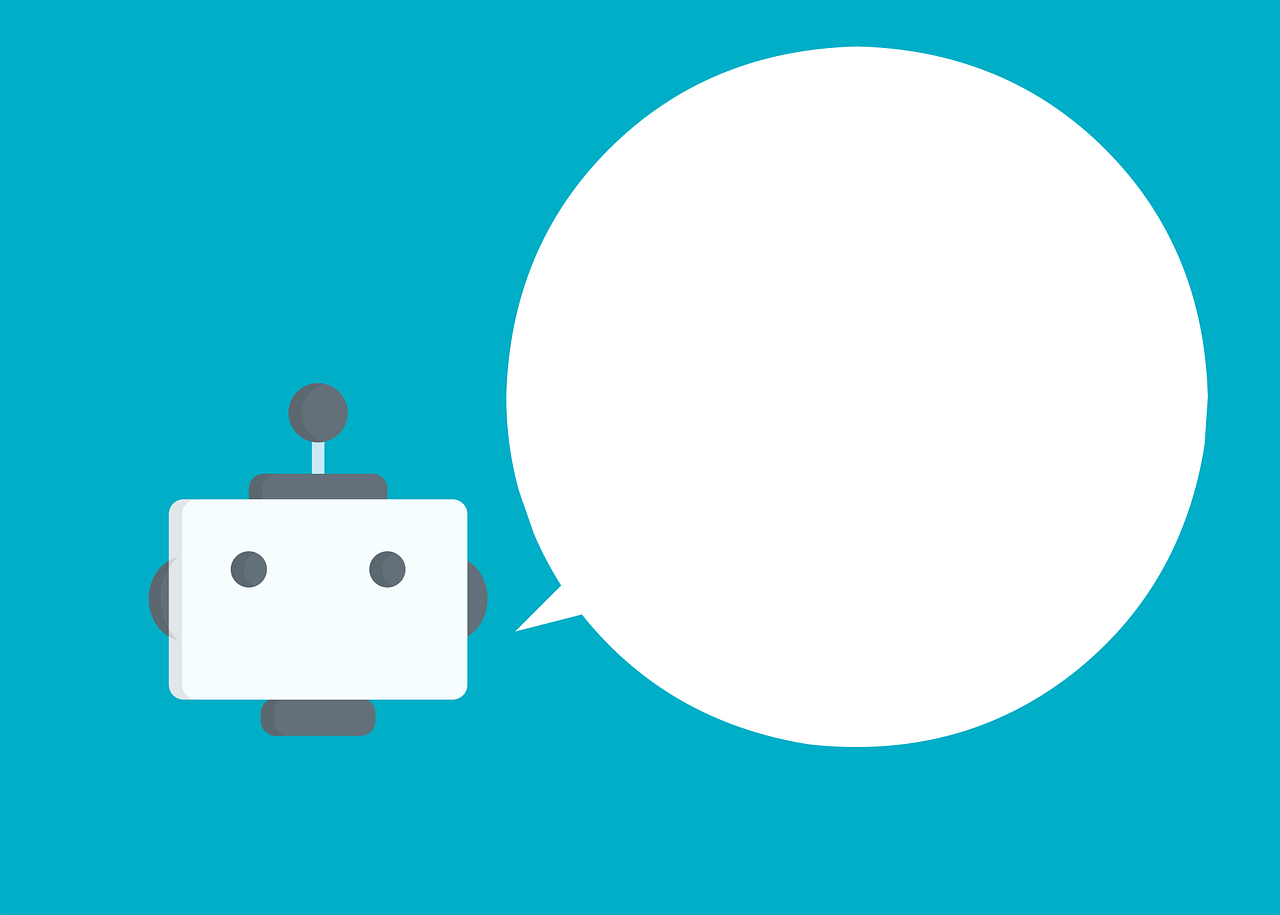Chatbots in K-12: What You Need to Know
Chatbots, or digital AI assistants, are increasingly being used in K-12 as an equitable intervention to promote student engagement and retention

Mini is good at her job, says Dr. Liesel Carlson, the School Improvement Data Integration Specialist for the Lansing School District in Michigan.
Over a three-month period last school year, Mini sent more than 9,000 texts to parents, personally answering their questions about attendance-related topics, including preschool enrollment levels, upcoming board of ed meetings, days off, and more.
More than 96 percent of the time, Mini could answer the questions on her own but when the question was more complex, say if a student was having trouble with a device or a parent had concerns about how their child was adjusting to remote learning, Mini would refer that question to a team of educators within the school district.
“What she did for us was it gave us the opportunity to focus our valuable, limited human resources on those requests and questions that needed that intensive support,” Carlson says. “It’s so funny how we refer to her in a very personified way.”
Mini‘s full name is Mini the Minutes Matter Chatbot. “She” was named by the Lansing School District but created by AllHere, a company that uses a chatbot or virtual advisor to fight chronic absenteeism by connecting families with resources and answers to questions 24/7. The chatbot’s text-based interventions are based on Dr. Peter Bergman’s research into how text messaging can increase student retention.
Over the past few years, chatbots have become common in higher ed, helping students apply to college and for financial aid, among other functions. Now, AI-powered chatbots are being utilized more often in K-12. Proponents say the digital assistants can help districts utilize their human resources more efficiently and promote equity in the process.
Chatbots and Equity
AtlasRTX provides chatbots, or digital assistants, to colleges and K-12, and recently partnered with Instructure to provide chatbot support for users of the company’s popular Canvas LMS.
Tech & Learning Newsletter
Tools and ideas to transform education. Sign up below.
Chatbots can increase access to school services in the nation’s more than 13,000 school districts, suggests AtlasRTX president Dr. Mike Bills. “Many of these districts, many of these schools, many of these neighborhoods, they simply don't have the human capital to support students,” he says. “And so a digital assistant can be there 24/7 365, and it costs about the same as one staff member each year.”
By answering the easy and common questions students and their parents have in more than 100 languages, chatbots free up educators and administrators to focus on deeper questions. “We're not trying to replace humans,” Bills says. “There are just nowhere near enough humans in education. We are trying to be the assistant to those staff members and faculty so that they can focus on just those high-value tasks.”
The Lansing School District’s use of Mini provides an example of how chatbots can help schools promote equity, says Joanna Smith, founder and CEO of AllHere and a former middle school math teacher and director of engagement at a charter school in Boston. “It freed up hundreds of hours of teacher and school- and system-level leader time and resulted in Lansing reaching more families where they prefer to communicate, which is via text.”
She adds, “We really envision this as serving as a personalized advisor for every single student in every single family that can respond to their questions in real-time and proactively nudge them throughout their journey in school.”
Chatbot Limitations
It’s important to remember that all chatbots are not created equal and can’t do everything.
“People use the term ‘chatbot' and they mean, everything from a live chat widget on a web page where you're literally just chatting with a human being to basic things that are just designed to deflect and then connect you to the right human, all the way to things that are science fiction, and that aren't even possible,” Bills says.
Real-world chatbots are good at answering specific questions. For instance, you can ask AtlasRTX’s higher ed digital assistants questions such as whether you need to submit SAT scores to apply, or what your minimum GPA needs to be. You can also ask about the town and about student life and clubs. However, ask it what the meaning of life is and the answer you receive will likely be less satisfactory.
Answers to the questions the chatbot can answer can often be found on a school or university website but not with ease. “Those answers are probably on 50 different pages that you'd have to mine through,” Bills says.
Chatbot Advice for School Leaders
If you’re looking to bring a chatbot to your school district, you may encounter resistance from staff who say the ideal solution is to have students face-to-face with teachers. “Frankly, I'd say that they're right,” Bills says. “But we can't let perfect be the enemy of good. If you focus on just that ideal scenario, you're going to have so many students who just can't be there in person. But if we use technology, we can improve the present state.”
You also want to make sure you are working with an evidence-based platform and that the chatbot is AI-powered and not just a system that can respond with simple answers to simple prompts, Smith says. A robust AI-powered chatbot is able to parse human language and learn from previous conversations to improve accuracy. “A chatbot’s ability to handle multiple languages, to understand run-on questions, handle misspellings, and deal with emojis are all key indicators of a chatbot that is powered by AI,” she says.
Carlson, from the Lansing School District, was not overly familiar with AI technology before her district started working with AllHere, but she says chatbots are more common in our lives than we realize -- think Siri and Alexa.
“We now ask our phone to get us directions to a friend's house or the closest restaurant or whatever we're looking for, so we’re more and more able to use technology to serve human need, and really preserve human capital for the things that matter most,” she says. “In education we tend to just add more and more things to our staffs’ plates, but chatbots are a take-off strategy so that staff can focus on the things that are most important for humans to do.”
Erik Ofgang is a Tech & Learning contributor. A journalist, author and educator, his work has appeared in The New York Times, the Washington Post, the Smithsonian, The Atlantic, and Associated Press. He currently teaches at Western Connecticut State University’s MFA program. While a staff writer at Connecticut Magazine he won a Society of Professional Journalism Award for his education reporting. He is interested in how humans learn and how technology can make that more effective.

